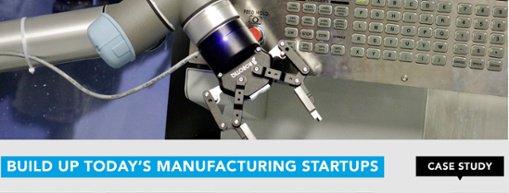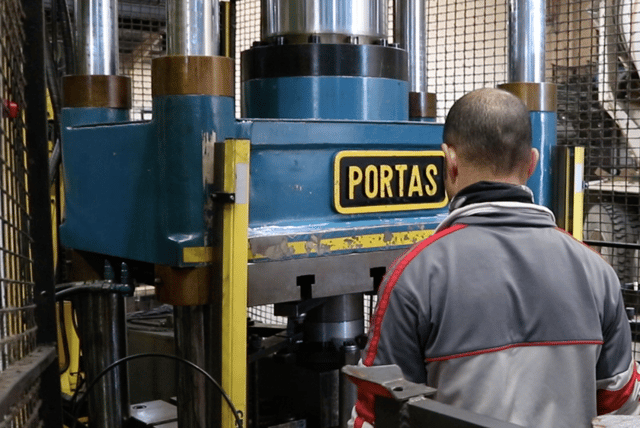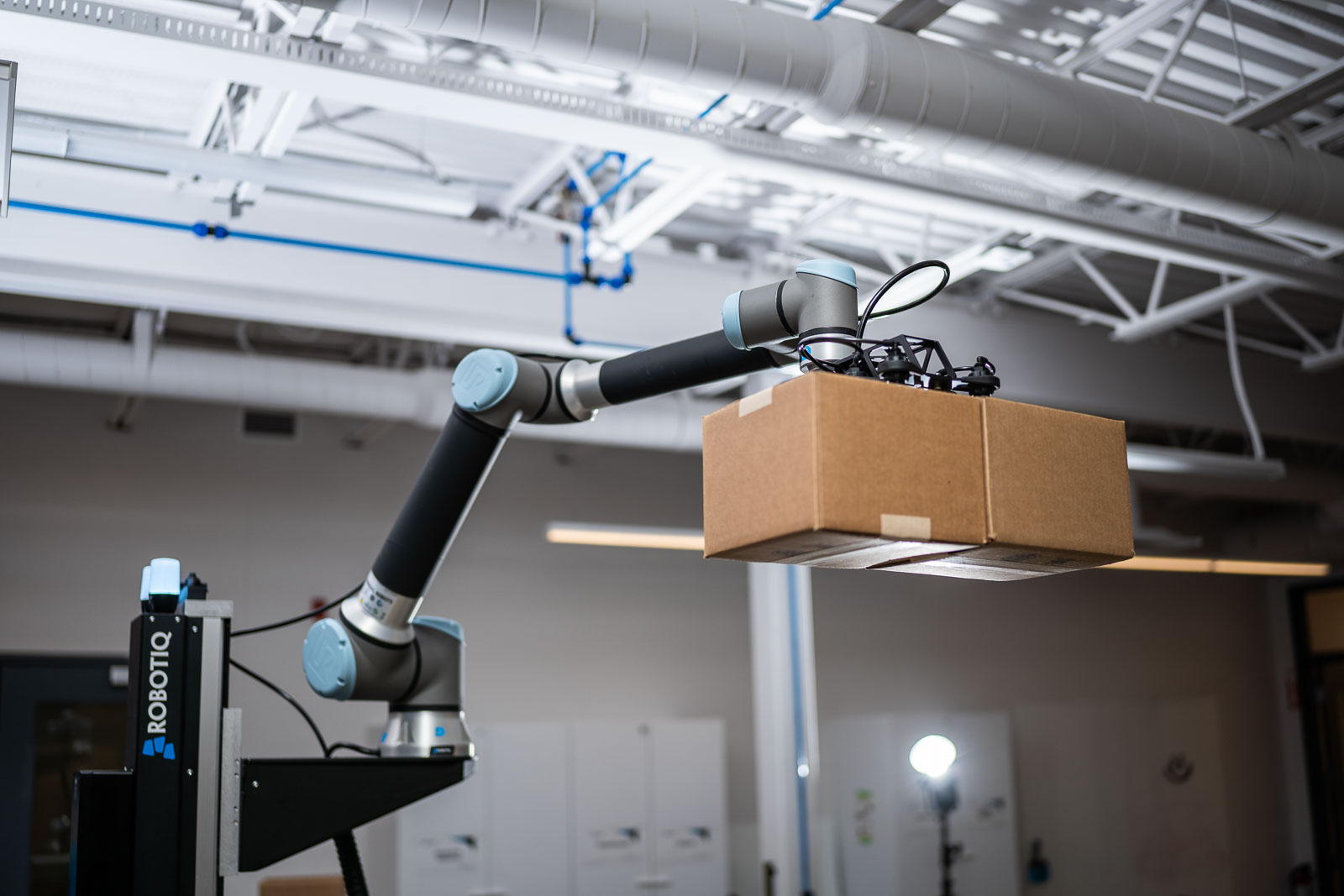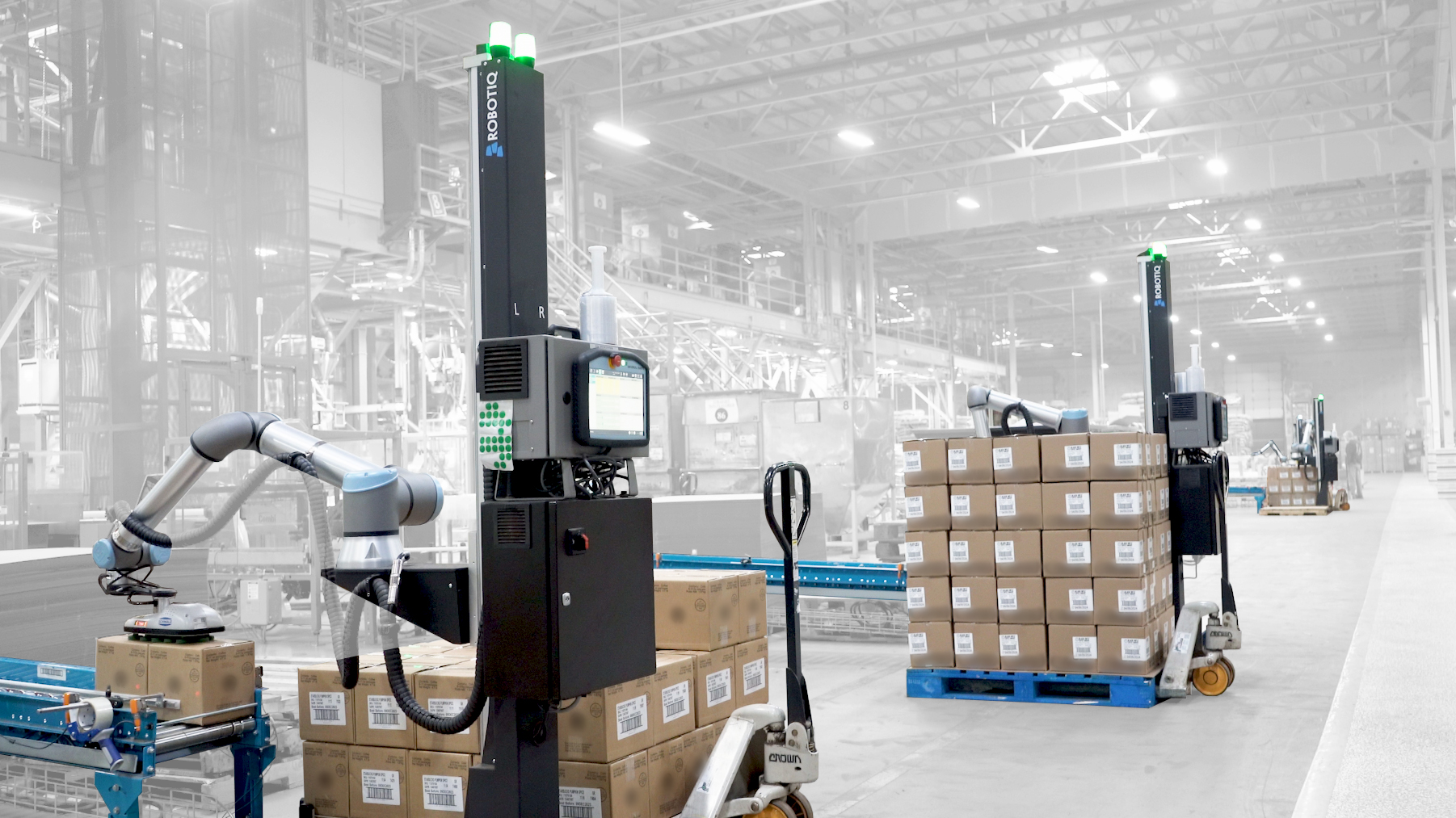How to Overcome the Recruitment Problem in Manufacturing

Posted on Jan 29, 2018 7:00 AM. 2 min read time
There’s a growing skill gap in the manufacturing industry that continues to grow, and by extension, become more of a problem, as time goes on. The gap, regardless of its size, is here, and we need to find out how to deal with it properly. That’s the focus of the eBook we’re going to be looking at from Robotiq.
Join us as we look at the eBook “The Recruitment Problem in Manufacturing and How to Overcome It.”
Overcoming the skill gap in manufacturing
The eBook primarily covers the following topics:
● What is causing the gap?
● How can automation help close the gap?
● How can more qualified and interested workers be recruited and retained?
● What can be done to attract more people to the modern manufacturing industry?
The most commonly attributed causes of the skill gap are retirement of older workers, lack of skilled workers, and a lack of desire to work in manufacturing. For the first cause, solutions include things like setting up mentorships and training opportunities. This way, older workers pass on their knowledge when they retire.
Get insight into how your older workers managed to get through tough crisis moments in the industry and pass on this wisdom. Finally, have them describe how they managed changes in technology as the years went on.
The eBook goes on to examine the other causes before moving into automation as a solution. Steps are outlined on how you can identify and implement cobots to automate tasks workers don’t want to do.
Next up, are strategies on how to fill the gap with people. One option is to increase your overall skill pool by training your current employees. Another option is to look beyond your normal sources for finding talent. Finally, engaging people on social media and changing the attitude that people have towards manufacturing can go a long way.
The fourth issue is retention, and the eBook tackles this by showing ways you can make your people feel like part of a bigger whole. The example used is the parable of the bricklayers. When asked, they each responded differently. One thought he was laying bricks, another thought he was building a wall, and the third thought he was building a cathedral.
The third worker is the one who is most proud of his work, because he knows what he is a part of. The future is the final subject of the eBook. Manufacturers should be looking to Generation Z and how they can entice younger people to think about a career in this field.
One example, is to reach out to local boy scout group and help them get their welding merit badge by assisting in the manufacturing process. Another option, is to support the STEM programs in place for local Girl Scouts. These are designed to generate more interest in science of engineering.
Have you read this eBook yet? What insights did you draw from the information within? Let us know in the comments!




.png)



Leave a comment